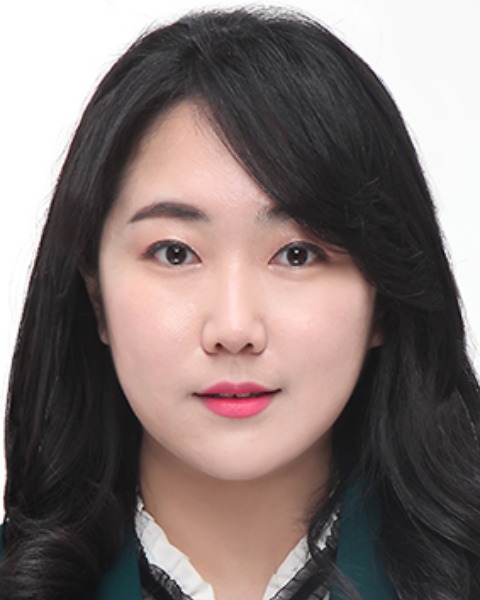Research (R)
PP1305 - Auditory and Visual Enhancement for Speech Perception in People with Hearing Loss: A Pilot Study

Hye Yoon Seol, AuD
Assistant professor
Department of Communication Disorders, Ewha Womans University
Department of Communication Disorders, Ewha Womans UniversityDisclosure(s): National Research Foundation of Korea (No. NRF-2020R1I1A1A01071864): Research Grant (includes principal investigator, collaborator or consultant and pending grants as well as grants already received) (Ongoing)
- IM
Il Joon Moon, MD, PhD
Associate Professor
Samsung Medical Center, Sungkyunkwan University School of Medicine
Samsung Medical Center, Sungkyunkwan University School of MedicineFinancial Disclosures: I do not have any relevant financial relationships with anything to disclose.
Non-Financial Disclosures: I do not have any relevant non-financial relationships with anything to disclose.
Lead Presenter(s)
Presenter(s)
This study investigated auditory (AE) and visual enhancement (VE) for speech perception in 20 individuals with hearing loss. Testing conditions included auditory only (AO), visual only (VO), and audiovisual (AV). The participants completed a listen-and-repeat task and a questionnaire regarding the need for AV testing and preferred test method. All participants showed better performance for the AV condition. Noise had a significantly negative impact on speech performance and AE and VE. Statistical significance was also observed between the testing conditions. The questionnaire revealed the high need and preference for AV testing in clinical practice.
Summary:
Speech testing is typically performed in a sound booth using only auditory stimuli. Different types of noise (i.e., babble) can be used to reflect the real-world. Yet, it still lacks visual cues which are crucial for communication. This study utilizes virtual reality technology to investigate auditory (AE), visual enhancement (VE) and the impact of noise on speech perception.
Twenty individuals with hearing loss were enrolled and completed pure tone audiometry, speech testing, and a questionnaire. The speech testing included auditory only (AO), visual only (VO), and audiovisual (AV) conditions and was performed in quiet and noise. For the visual stimulus, video recordings of a speaker speaking the Korean version of the Hearing in Noise Test (K-HINT) in a café were created using the virtual reality technology and presented through a monitor for the VO condition and through a virtual reality headset for the AV condition. The participants listened to the K-HINT sentences and repeated them back to the tester. The participants also completed a questionnaire that compared the AO and AV conditions and the preferred test method. For items comparing the two conditions, a visual analogue scale (VAS), which ranged from 0 to 10, was used.
As expected, significant differences were observed for presentation modality; better speech performance was observed for the AV condition in quiet and noise (P < 0.001). However, noise had a negative impact on individuals’ speech performance. Statistical significance was observed for all conditions except between the VO in quiet and VO in noise conditions. 85% of the participants reported on the questionnaire that they prefer the AV testing method. The average VAS scores were 7 and 8 for items asking whether the AV testing method evaluates communication well and the need for the AV testing to be employed into clinical practice, respectively.
The findings of the study are consistent with previous literature that visual cues are beneficial for speech understanding and noise negatively affects speech perception. The findings also demonstrate the potential of the AV testing to be used as an assessment tool for communication difficulties. The questionnaire results show that active research into the development and validation of the AV testing method is necessary as there is a high need for this type of testing method to be incorporated in the clinical settings.
Learning Objectives:
- Upon completion, participants will be able to discuss the benefit of visual information in communication.
